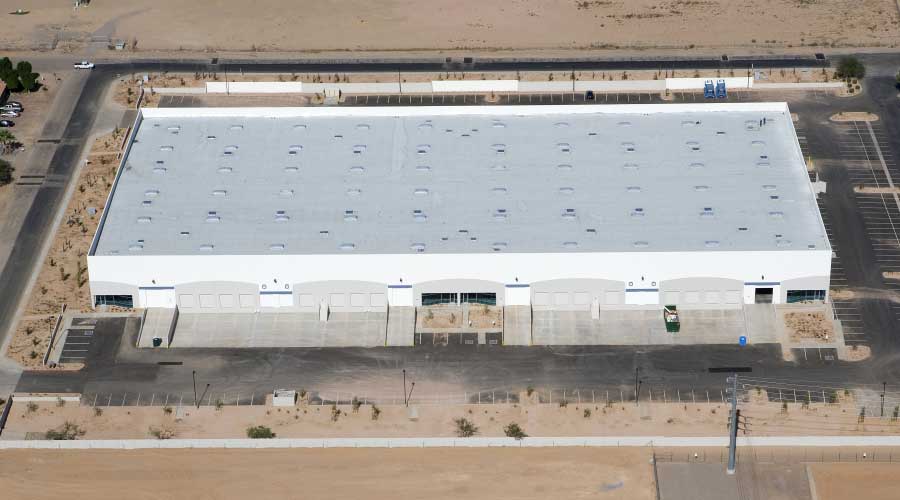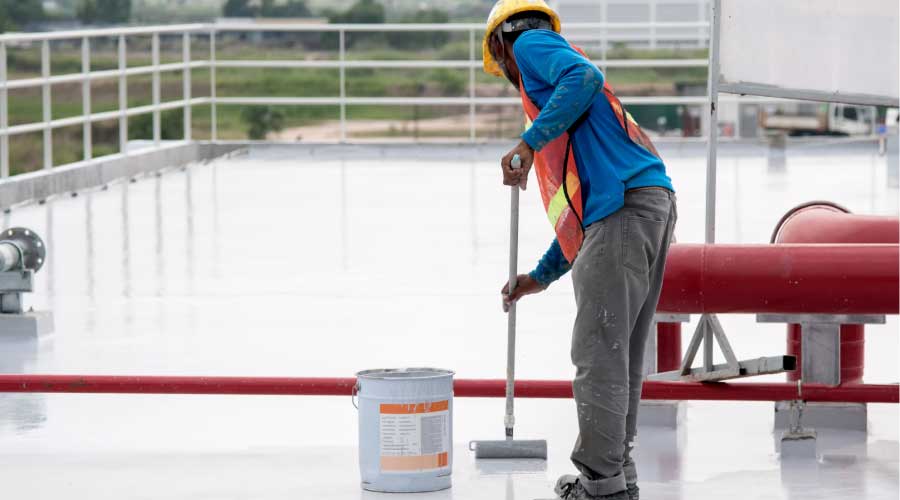Seven Common Types of Roof Insulation
Specifying insulation that extends a roof system's performance life is essential, but it is only one factor maintenance and engineering managers must consider. When managers select a roof insulation, they also must account for the building's thermal needs, satisfy applicable energy codes, and deliver a roof assembly acceptable to the facility's insurance carrier.
To perform successfully, insulation has to become an integral part of the roof assembly and must function in concert with the membrane and the structural deck. Wise insulation choices result in successful roof systems that perform over the long term, while poor choices can be detrimental to roof performance.
Insulation Types
A variety of rigid insulation types are available to managers, including wood fiber, perlite, polyisocyanurate, expanded or extruded polystyrene, cellular glass, and gypsum board.
Wood fiber is an organic insulation board composed of wood, cane, or vegetable fibers mixed with fillers and binders. The insulation can be asphalt impregnated or asphalt coated to enhance moisture resistance. Managers should consider uncoated insulation in applications where the selected roof covering is incompatible with asphalt-based coatings.
Perlite insulation board is composed of inorganic, expanded silicaceous volcanic glass — perlite — combined with organic fibers and binders. The top surface of the insulation board features an asphalt coating or a proprietary coating formulated to limit adhesive — asphalt — absorption into the insulation during the roof-membrane application.
Polyisocyanurate is a closed-cell foam plastic insulating core sandwiched between organic or inorganic felt facers, glass-fiber mat facers, or glass-fiber-reinforced aluminum foil facers. A chlorine-free blowing agent expands the foam material, creating the closed-cell structure that gives the insulation its high thermal resistance. Air diffusion into the insulation cell structure results in a slight reduction of thermal resistance, but its insulating efficiency remains higher than other rigid insulation.
Polystyrene insulation is made two ways: expanded and extruded. Expanded polystyrene consists of the polystyrene polymer impregnated with a foaming agent. The material expands when exposed to heat and is molded into a uniform, closed-cell insulating material. Expanded polystyrene is available in densities of 0.70-3 pounds per cubic foot (pcf). Most roof-covering manufacturers require a minimum density of 1.25 pcf.
Extruded polystyrene consists of a blended polystyrene polymer heated and run through an extrusion process. The material is exposed to atmospheric conditions, which causes it to expand and create its closed-cell structure. Extruded polystyrene is available in densities of 1.3-2.2 pcf.
Cellular glass insulation is composed of crushed glass combined with a foaming agent. The components are mixed, placed in a mold, and heated, which melts the glass and decomposes the foaming agent. This process causes the mixture to expand and create uniform, connected closed cells to form the insulating material.
Gypsum board is a non-structural, non-combustible, water-resistant, treated gypsum core panel. The board is available with a proprietary, non-asphaltic coating on one side to enhance roof-membrane adhesion. Gypsum board typically is used as a cover board over foam-plastic insulations, as a thermal barrier over a steel deck, or as a vapor-retarder substrate.
Related Topics:













